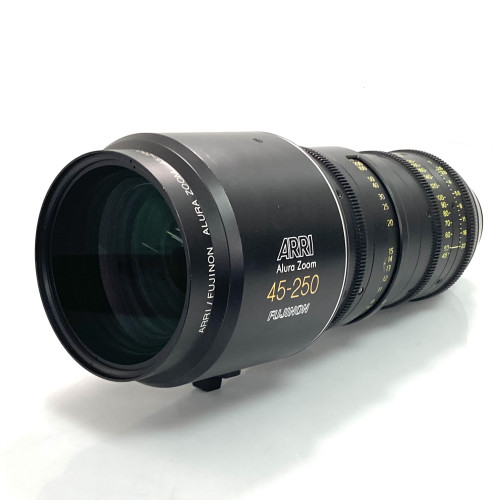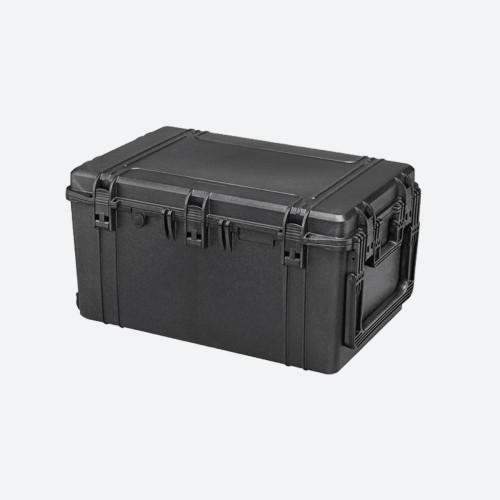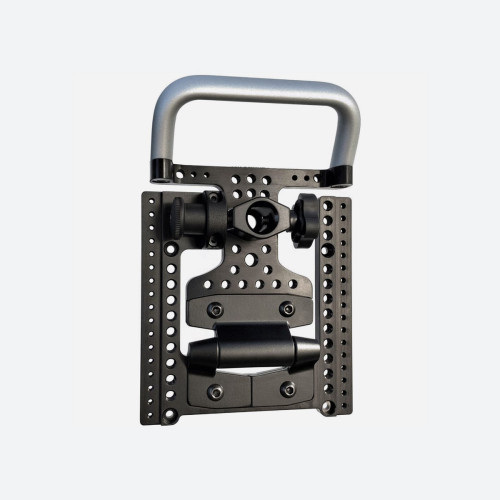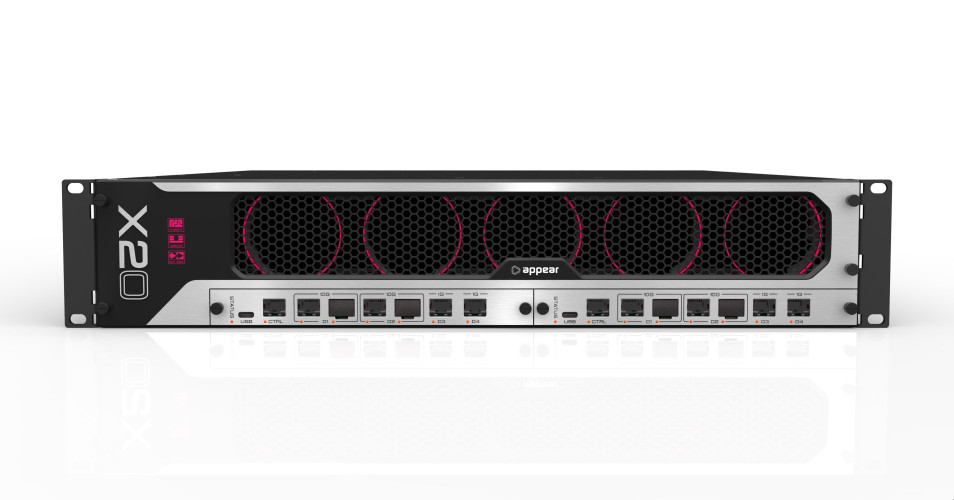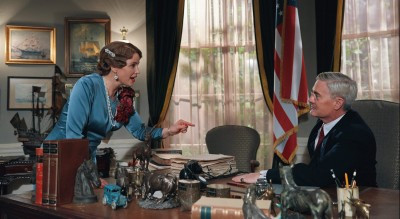Deskilling or reskilling

Author: Bob Pank#
Published 1st December 2010
I recently went to a demonstration of some really terrific new technology.
This is not a technology column so I do not propose to go into too much detail about why I was impressed. I mention it because it started me thinking about a more fundamental issue about our industry today.
The demonstration was at the offices of Ibis, a company which has always been a pioneer in automation and media management, doing things that other companies tell you is impossible. What the estimable Andrew Winter showed me the other day falls into that category.
It is a system Ibis has built, in conjunction with IPV and Omneon, for ESPN Star Sports in Singapore. Basically, the broadcaster wanted to move to HD, particularly for its coverage of the English Premier League football (no accounting for taste). Because it broadcasts into all the countries of south-east Asia, it needs to produce different versions of its coverage to suit different markets and in different languages.
In particular, it needs to produce lots of different packages of highlights at half time and full time. So it needed a lot of people to have access to those highlights simultaneously, as the game is being received live from the UK, all able to access the content on the server even as it is being recorded.
Received wisdom is that it is impossible to access a growing file on a video server: you have to wait until it is finished. Ibis laughs in the face of suggestions that this is impossible, and has done it.
So kudos to them. But it was Andrew’s description of the workflow that sits around it that sparked something in the back of my mind.
In parallel to the HD resolution recording, IPV is creating a browse resolution version, with frame accurate timecode, and again users can access the growing file. Sitting on the network is a number of logging workstations. Operators watch the game and, when something interesting happens, add markers to describe it.
Ibis has made the user interface for this simple, so with a couple of clicks a sequence is tagged with in and out points and metadata that says “Rooney misses open goal again” or whatever. The operator can scrub to and fro in this file – which is still growing, remember – to get the markers right, then fast forward to the next incident.
A highlights producer has another, similar workstation, and can sift through these clips, guided by the metadata, dragging a selection into a bin. This means the package is practically complete: the highlights have been identified and assembled into the right order by the producer.
It then gets thrown to a Final Cut Pro seat where everything appears on the timeline, ready set up and in the right order. All the editor has to do is add any transitions, template graphics and audio – the work of a moment – and the piece is ready to air. The Final Cut Pro is editing in place on the Omneon MediaGrid in broadcast resolution (on a file which is still not complete, remember – this is technically very clever).
The point about this is that the whole process, right up to the package going to air, can be done without the hand of a single person we would regard as a broadcast engineer. Logging is generally done by young sports fans who know intuitively what is important and can add metadata incredibly quickly.
[NRK in Norway implemented a similar logging scheme for the Winter Olympics: Hroar Pettersen told me that the students they used got bored if they only had two simultaneous events to watch and log, and preferred working on three things at the same time. And at NAB this year, Scott Murray of Grass Valley said “getting sports fans to do the job makes sense – they are likely to be more accurate and enthusiastic than professional server operators.”]
ESPN Star Sports deliberately chose Final Cut Pro for the edit function in the new system because it is now so familiar that anyone can drive it. Ibis takes care of moving the assets from place to place and notifying the playout operator that the packages are ready for transmission, and IPV spots them as new assets so encodes browse resolution versions for producers to check.
What the clever technology is doing, then, is not eliminating jobs but changing the nature of those jobs. The system still depends on people making judgements, but in this case they are sports fans deciding what is exciting and would repay being seen again. That has some attractions: can you imagine being a student and being paid to watch your favourite sport?
On the other hand, of course, it does not fit into any career structure as we have known it. Does that mean that we have to think of career structures in a different way? Do we abandon the concept of anyone having “a career in television”?
Ultimately, though, the winner is the viewer, who gets to see better coverage of sports, with more and better highlights and replays served up faster. That will keep the viewers subscribing, which means more of us get to keep our jobs – not just the kids who can operate the computers fast.



